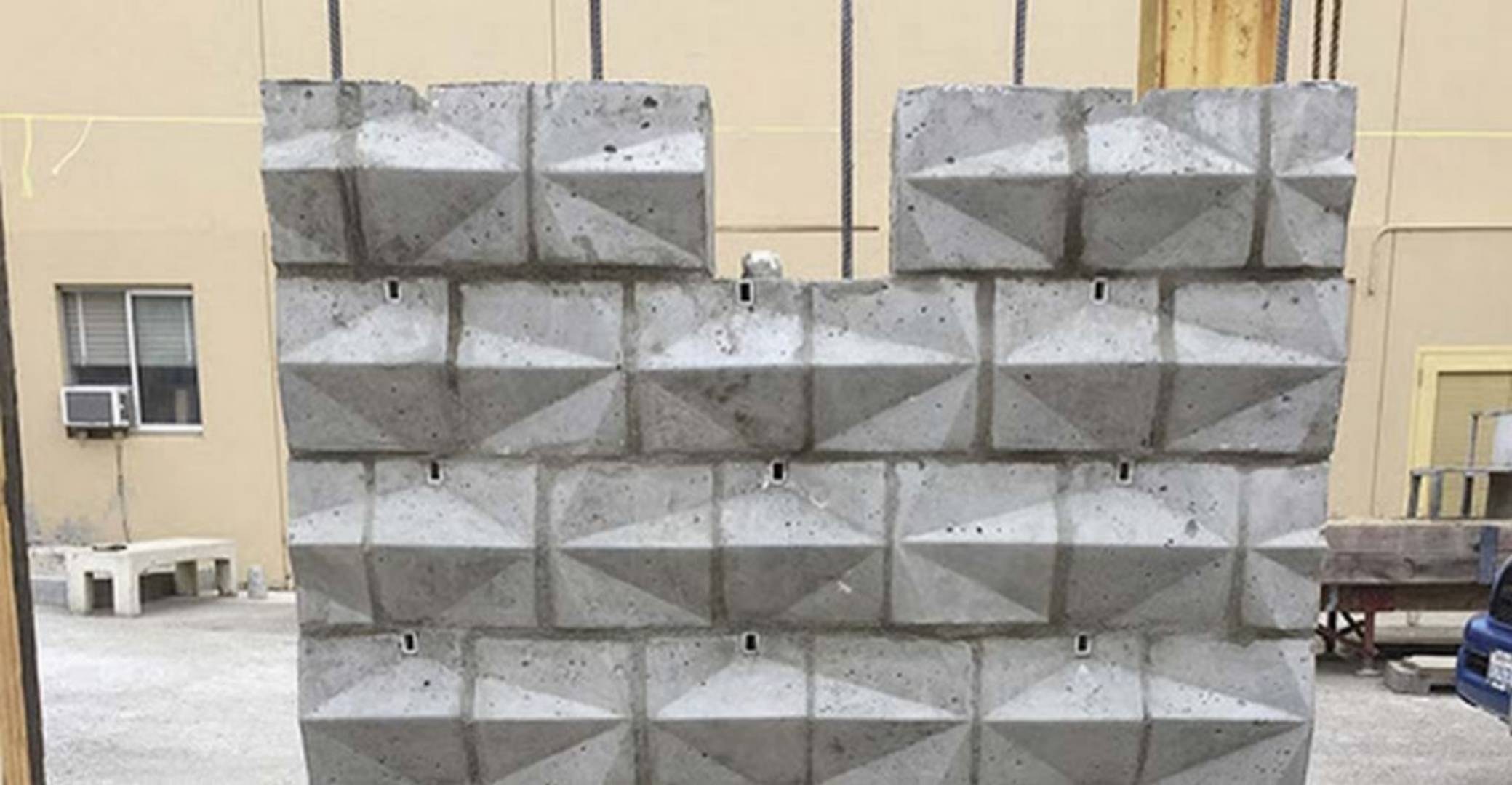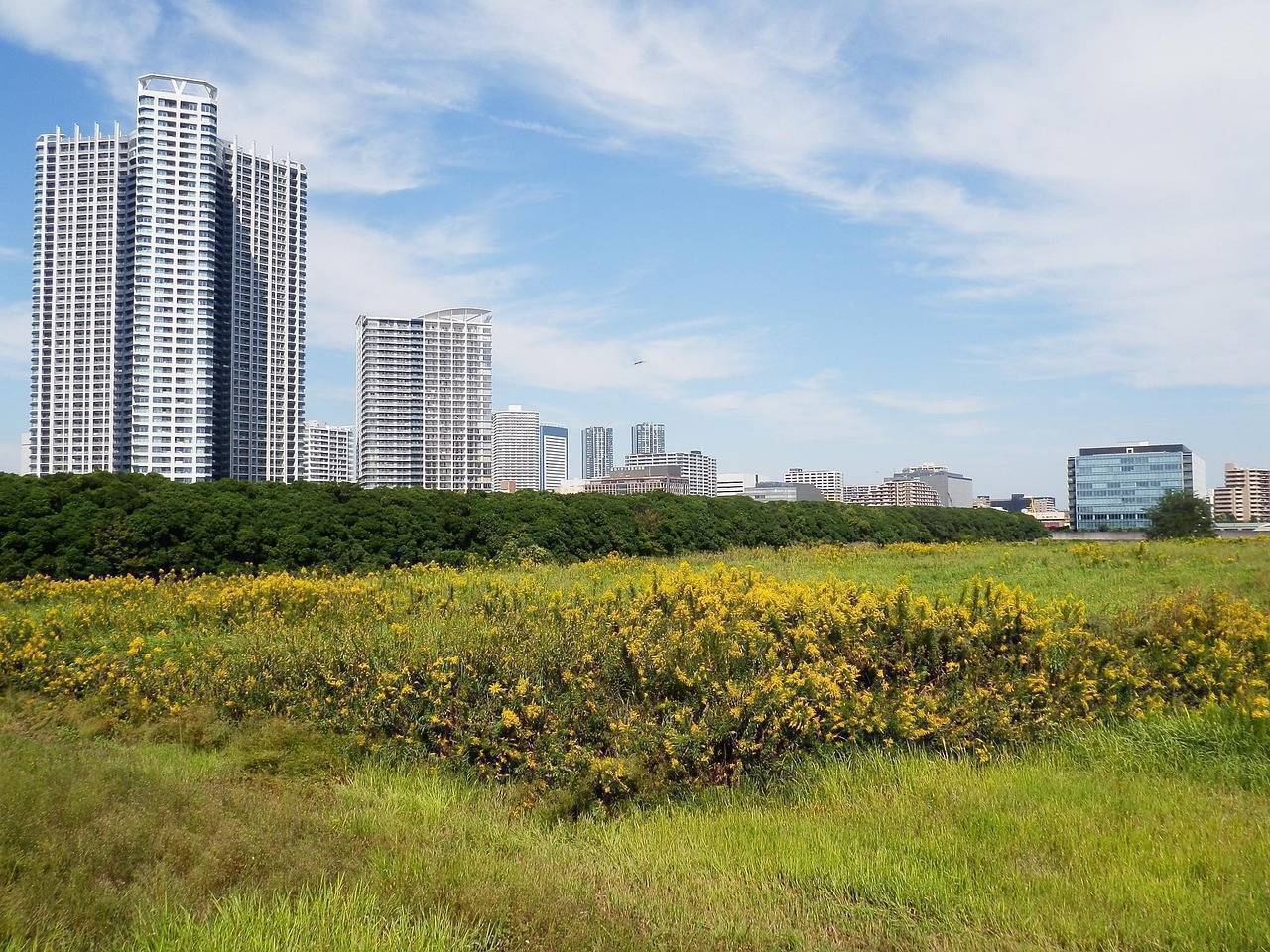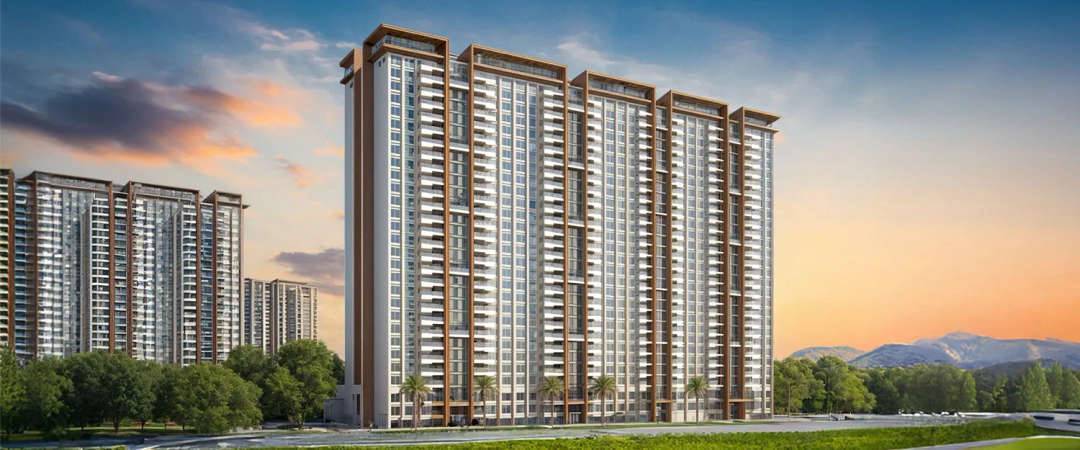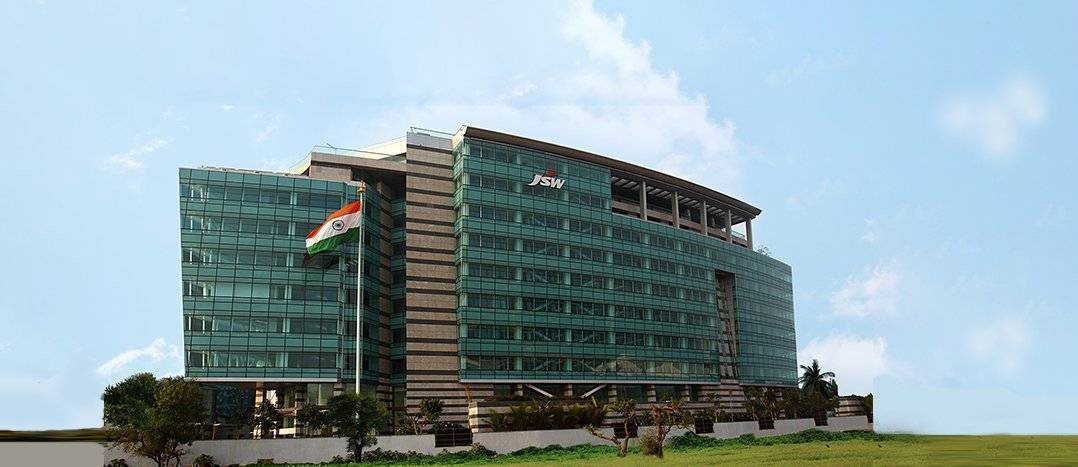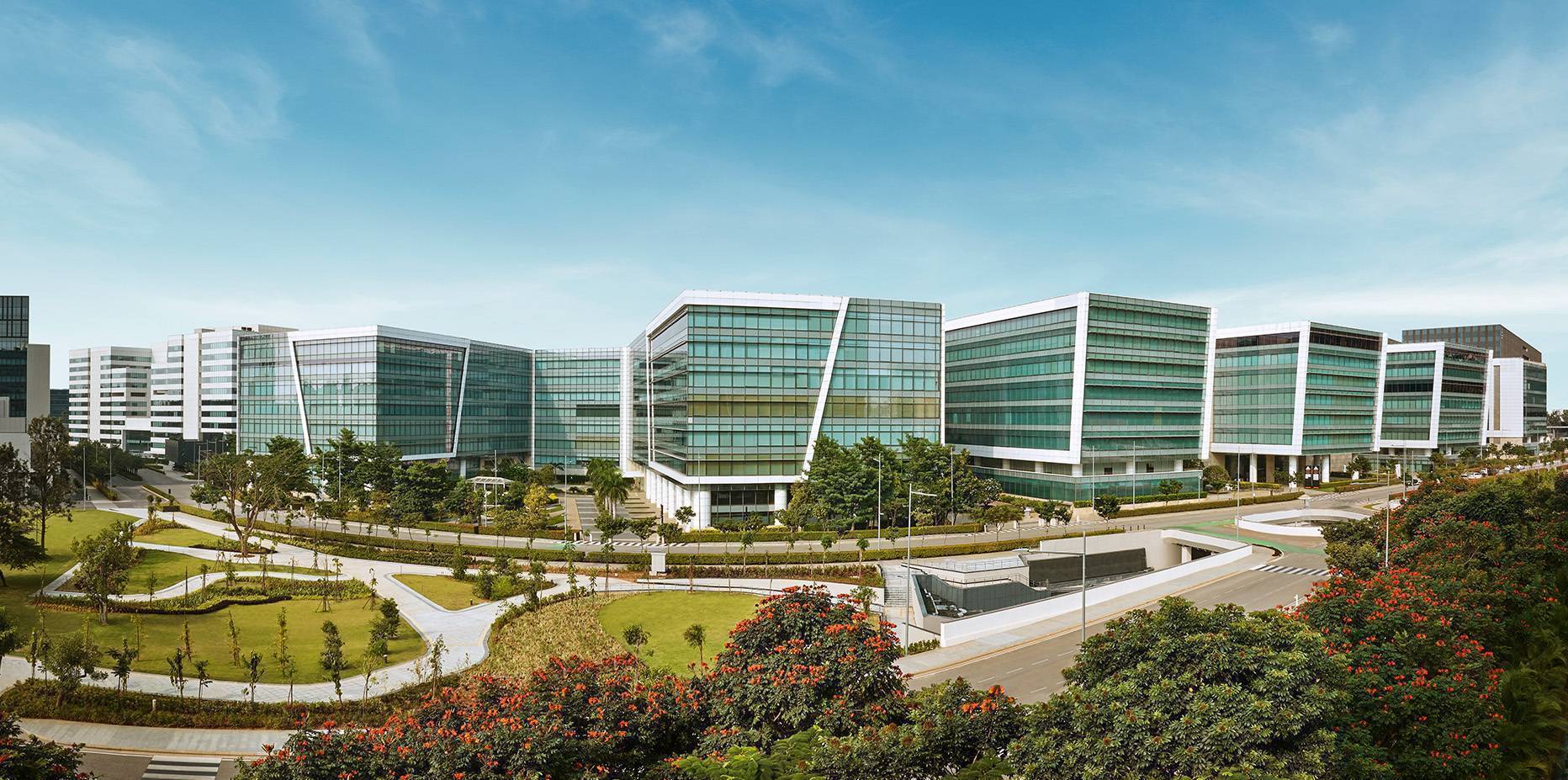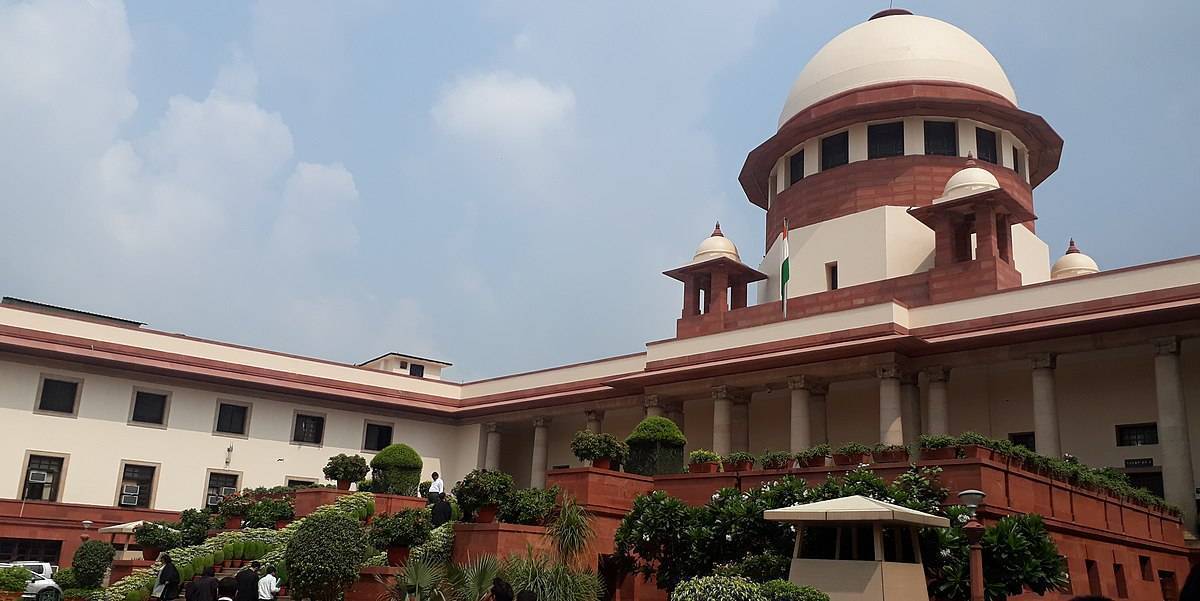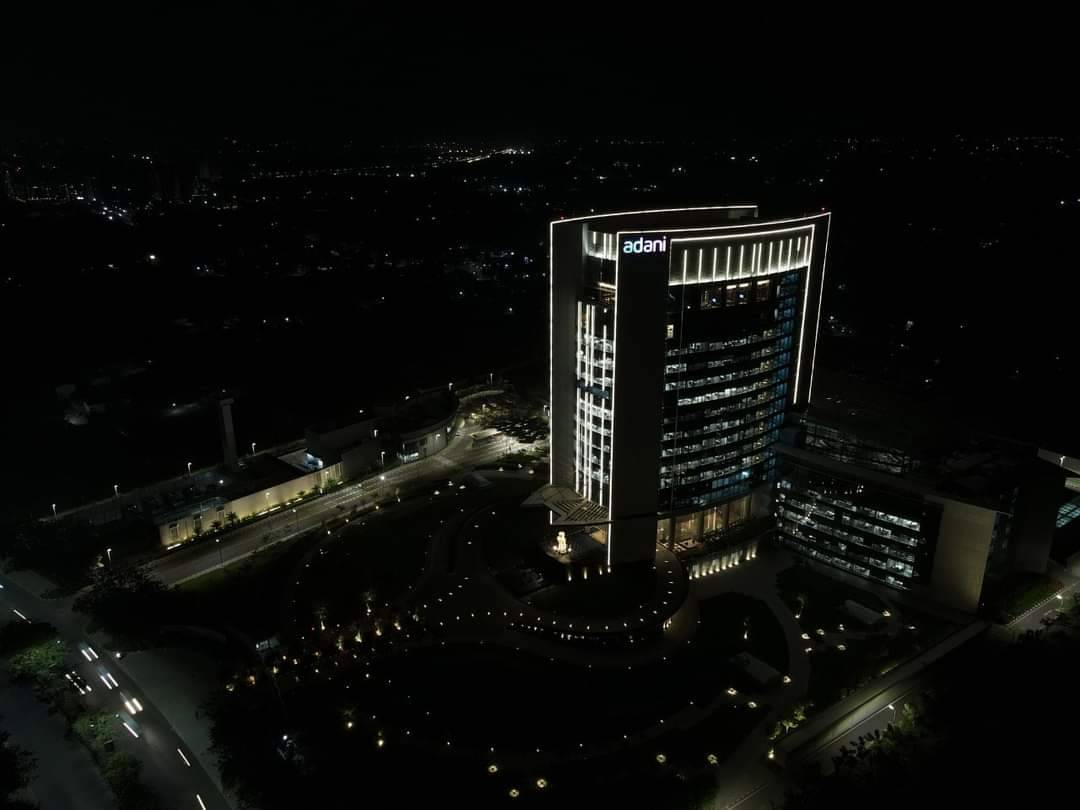Innovative Construction Material: Pollution Absorbing Bricks, The Next Leap in Sustainable Construction Solutions
With the global rise in population, issues such as climate change, scarcity of resources, and pollution have become critical. One innovative solution to mitigate air pollution is the development of pollution absorbing bricks. These bricks, also known as "breath bricks," were designed to help reduce the carbon footprint and improve air quality.
What Are Pollution Absorbing Bricks?
Pollution absorbing bricks are a sustainable alternative to traditional bricks. They work on the principle of air filtration, filtering out dust particles and pollutants from the air before allowing it into a building's interior. This innovative design was developed by Mr. Ar. Carmen Trudell, an assistant professor at Cal Poly San Luis Obispo’s School of Architecture.
Concept Behind Pollution Absorbing Bricks
The concept behind pollution absorbing bricks is inspired by the cyclone filtration system commonly used in vacuum cleaners. These bricks are designed to filter air from the outside, utilizing the principles of aerodynamics to separate and trap dust particles and other pollutants. As air enters the brick, it is forced into a spiral motion, causing heavier particles to be flung outward by centrifugal force and collected in a dedicated hopper. This process allows only clean air to pass through into the interior of the building. By integrating this system into the structure of the building itself, these bricks effectively reduce the harmful effects of air pollution, enhancing indoor air quality and promoting healthier living environments while contributing to environmental sustainability.
Material and Components of Pollution Absorbing Bricks
These bricks incorporate various specialized components to achieve their functionality. Here are the key materials and components that make these bricks effective:
1. Porous Concrete Blocks: Allow air to flow through and trap pollutants.
2. Faceted Design: Guides airflow efficiently through the brick.
3. Coupler Rod: Made of reused plastic, connects bricks and directs air.
4. Hopper: Collects dust and particulate matter at the bottom.
5. Cyclone Filtration Filter: Uses cyclone action to separate dust from air.
6. Brick Coupler: Channels filtered air into the building.
7. Reinforcement Shafts: Support and strengthen the brick structure.
8. Interior Insulation Layer: Insulates the building to maintain comfort and energy efficiency.
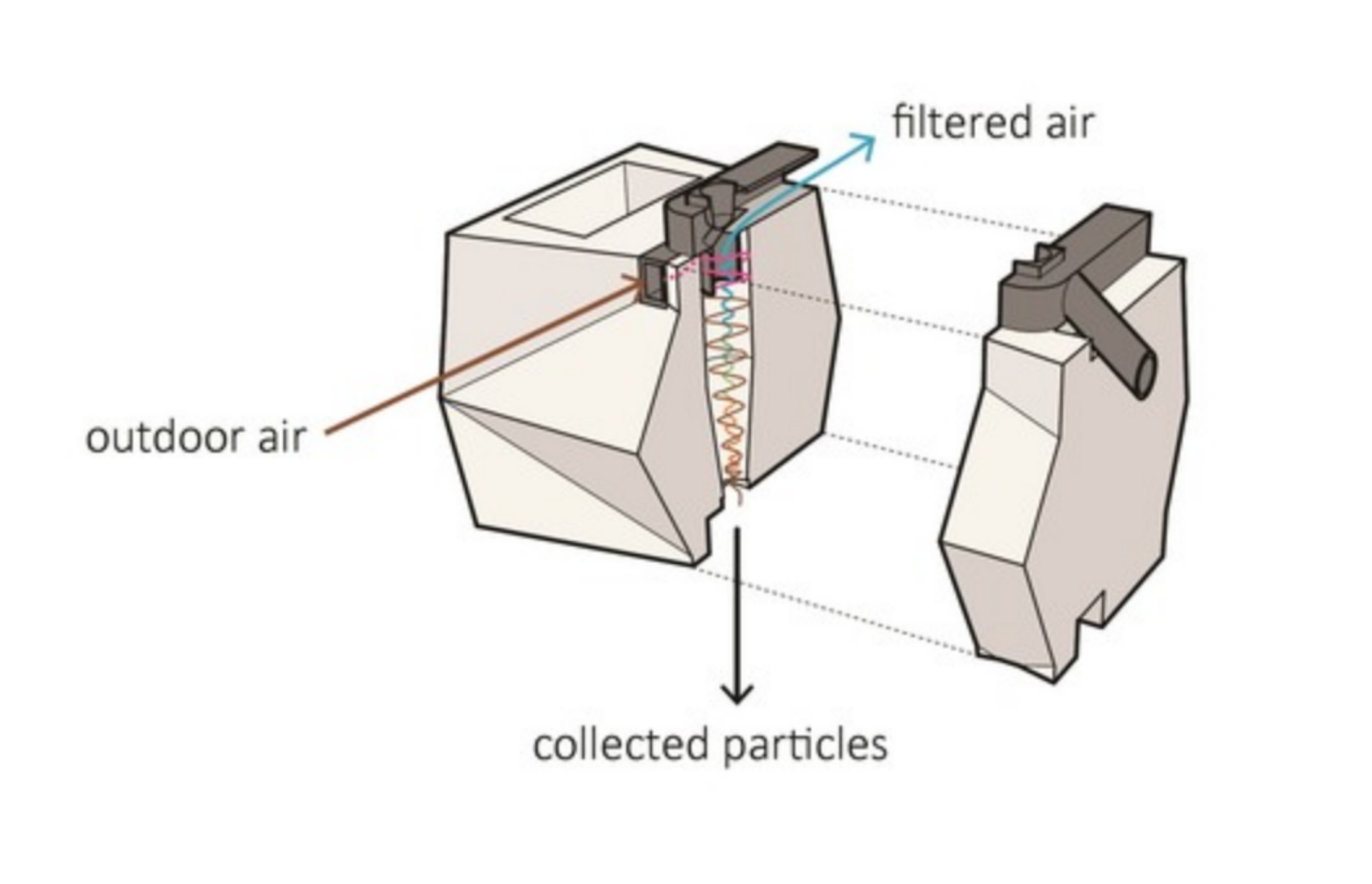
Advantages of Pollution Absorbing Bricks
Pollution absorbing bricks, or breath bricks, present numerous benefits, making them a compelling choice for sustainable construction. Here’s a detailed exploration of their advantages:
1. Eco-Friendly System- Pollution absorbing bricks promote environmental sustainability by functioning passively, thus reducing energy consumption compared to traditional air filtration systems. They utilize recycled materials, such as reused plastic in coupler rods, which minimizes waste and supports recycling efforts. Additionally, by filtering pollutants from the air, these bricks help lower the overall carbon footprint of buildings.
2. Cost-Effectiveness- These bricks are economically advantageous, suitable for both developed and developing countries. They integrate seamlessly into standard construction practices, avoiding the need for specialized labor or complex machinery, thus lowering installation costs. Maintenance is minimal due to the large hoppers that require only periodic emptying, reducing long-term costs. Moreover, the passive filtration reduces reliance on energy-intensive air purification systems, leading to significant energy savings.
3. Improved Air Quality- The primary function of pollution absorbing bricks is to enhance indoor air quality by filtering harmful pollutants. They can filter up to 30% of dust particles with a diameter of 2.5 microns or smaller and 100% of particles with a diameter of 10 microns or larger, effectively reducing smoke, haze, and other airborne particles. This results in cleaner air, reducing the risk of respiratory issues, allergies, and other health problems associated with poor air quality.
4. Passive Filtration System- The passive nature of pollution absorbing bricks ensures continuous operation without external power, providing a constant supply of clean air. With no moving parts or electrical components, the system is less prone to mechanical failure, ensuring reliable and long-term performance.
5. Structural Integration- These bricks are designed for seamless integration into building structures, making them versatile for various types of buildings, from residential homes to commercial spaces, particularly in areas with poor air quality. They offer dual functionality as structural components and air purifiers, providing dual benefits without additional space requirements.
6. Aesthetic Appeal- Pollution absorbing bricks enhance the aesthetic appeal of buildings with their faceted design, allowing for creative architectural expressions. They enable designers to create visually appealing structures while visibly showcasing a commitment to sustainability, potentially increasing the value and appeal of the buildings.
7. Scalability- These bricks are scalable and adaptable to different architectural designs and construction methods, making them suitable for a wide range of projects. Their potential for widespread adoption could significantly improve air quality in urban areas, contributing to healthier cities and making a substantial impact on urban environmental quality.
Applications of Pollution Absorbing Bricks in Construction
Pollution absorbing bricks, or breath bricks, offer versatile applications in the construction industry. Here are some key applications:
1. Residential Buildings: Single-family homes and apartments benefit significantly from these bricks, particularly in urban areas with high pollution levels, providing cleaner indoor air and enhancing overall living conditions.
2. Commercial Buildings: Office spaces and retail outlets use these bricks to enhance air quality for employees and customers, promoting health, comfort, and productivity in commercial environments.
3. Educational Institutions: Schools and universities create healthier learning environments for students and staff, especially in polluted urban areas, improving focus and reducing absenteeism.
4. Healthcare Facilities: Hospitals and clinics benefit from clean air for patients and healthcare workers, crucial for recovery and overall health, reducing the risk of infection and improving patient outcomes.
5. Public Buildings: Libraries, community centers, and government offices maintain a clean environment for large numbers of visitors, setting an example for sustainable building practices and enhancing community well-being.
6. Industrial Buildings: Factories and warehouses use these bricks to mitigate the impact of pollutants, creating a safer working environment for employees and reducing occupational health risks.
7. Urban Infrastructure: Public transportation hubs and parking structures improve air quality in high-traffic areas, benefiting commuters, reducing pollution exposure, and enhancing public health.
8. Green Buildings and Sustainable Architecture: Eco-friendly projects and smart cities incorporate these bricks to contribute to sustainability certifications and promote urban sustainability through innovative construction practices, supporting long-term environmental goals.
Market Potential of Pollution Absorbing Bricks
As per Maximize Market Research report, the global pollution absorbing bricks market, valued at USD 438 billion in 2023, is expected to grow at a CAGR of 7.4% from 2024 to 2030, reaching nearly USD 721.94 billion by 2030.
As per Research and Markets Report, the global pollution absorbing bricks market was valued at $5.31 Billion in 2022 and is estimated to reach $9.66 Billion by 2032, registering a CAGR of 6.1% from 2023 to 2032.
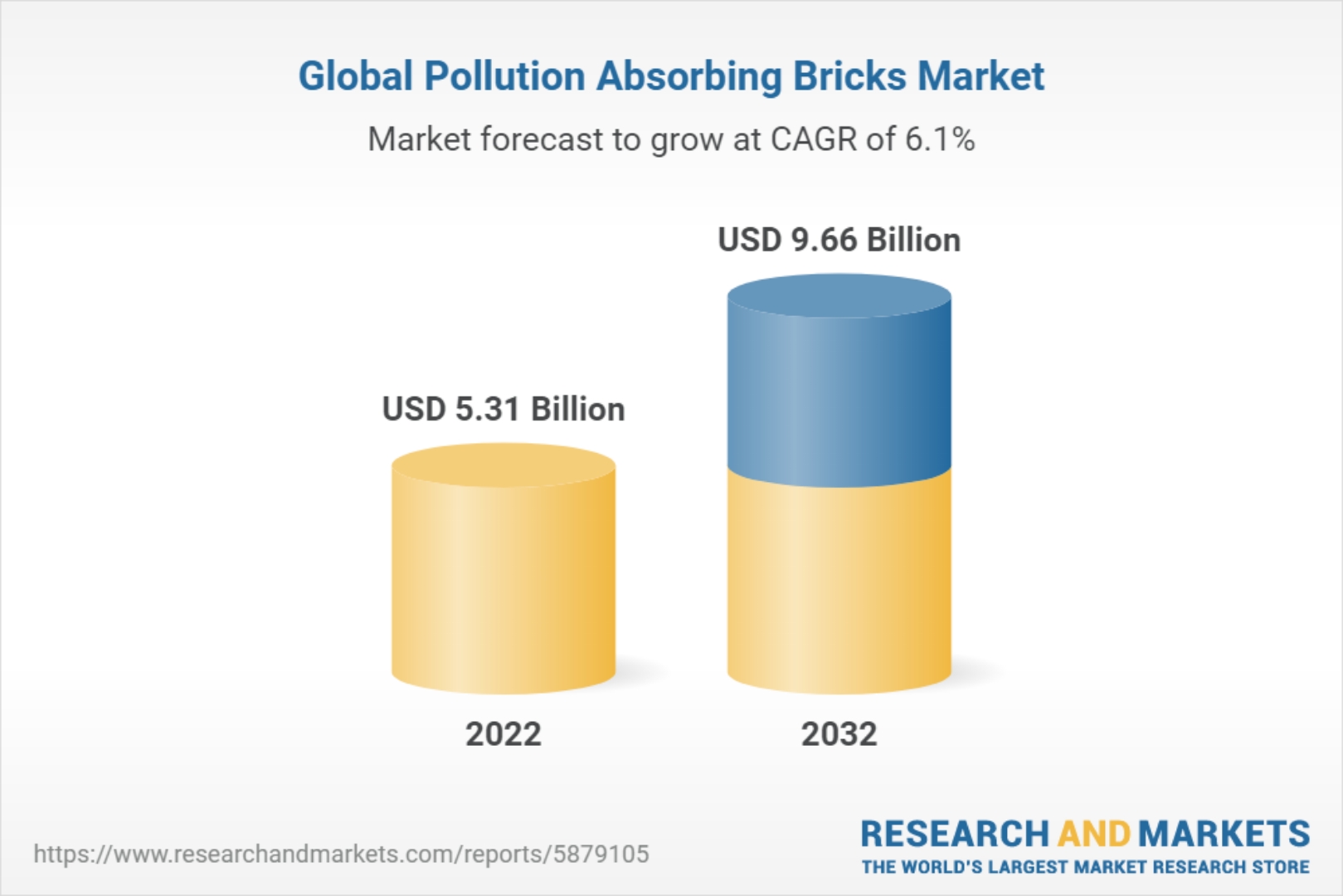
The growth is driven by increasing environmental awareness, government regulations promoting sustainable construction, and a rising demand for eco-friendly building materials. Pollution absorbing bricks, with their ability to neutralize air pollutants, are becoming integral to residential and non-residential construction projects aiming to improve urban air quality and meet green building certifications like LEED and BREEAM. The residential sector, comprising single-family homes and apartments, currently holds the largest market share due to the growing consumer preference for cleaner indoor environments.
Additionally, the non-residential sector, including commercial buildings, public infrastructure, and industrial areas, is expected to see significant growth. Advances in material science, such as the use of bio-based and recycled materials, are enhancing the sustainability of pollution absorbing bricks, making them more attractive for large-scale infrastructure projects. Regional markets, particularly in North America, Europe, and Asia Pacific, are poised for rapid expansion due to supportive regulatory frameworks, increased urbanization, and substantial investments in green infrastructure. Companies in these regions are investing in research and development to improve the performance and cost-effectiveness of these bricks, further driving market growth and adoption.
Conclusion
Pollution absorbing bricks offer a groundbreaking solution for sustainable construction, improving air quality and promoting healthier living environments. Their eco-friendly design, cost-effectiveness, and versatility make them a valuable addition to residential, commercial, and industrial buildings, supporting the global push for greener, more sustainable urban development.
Image sources- re-thinkingthefuture.com, archdaily.com

